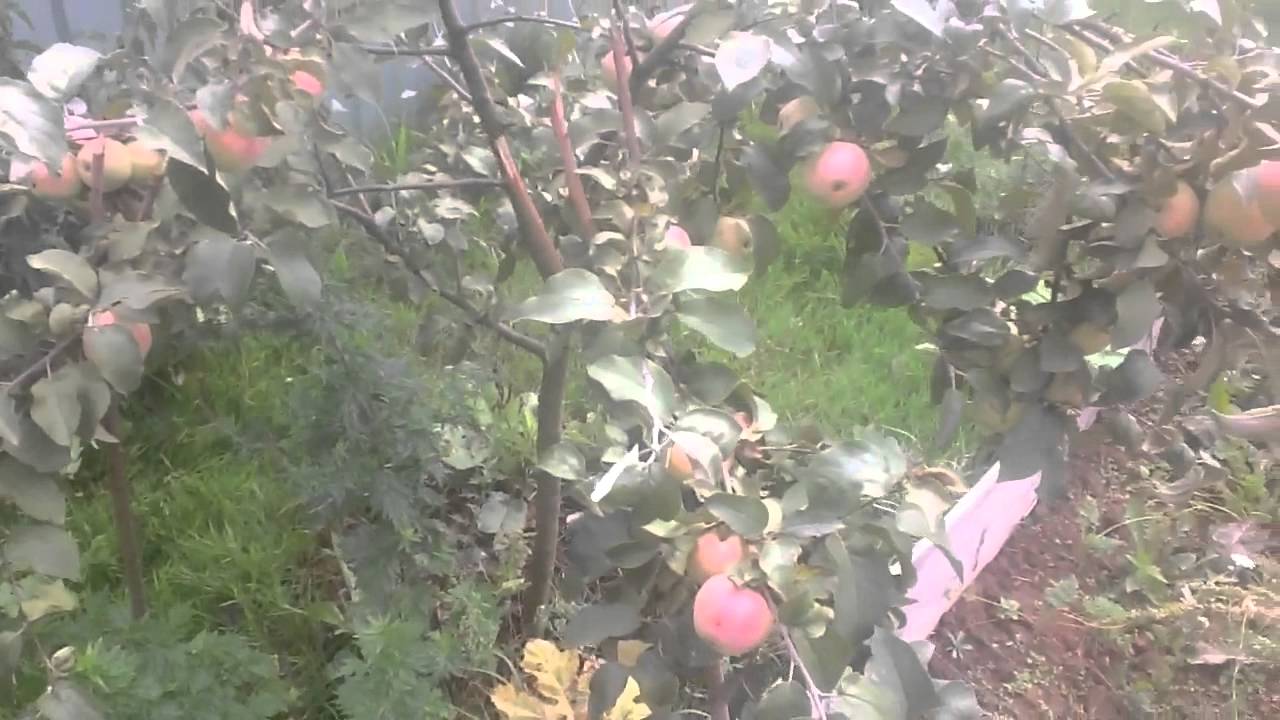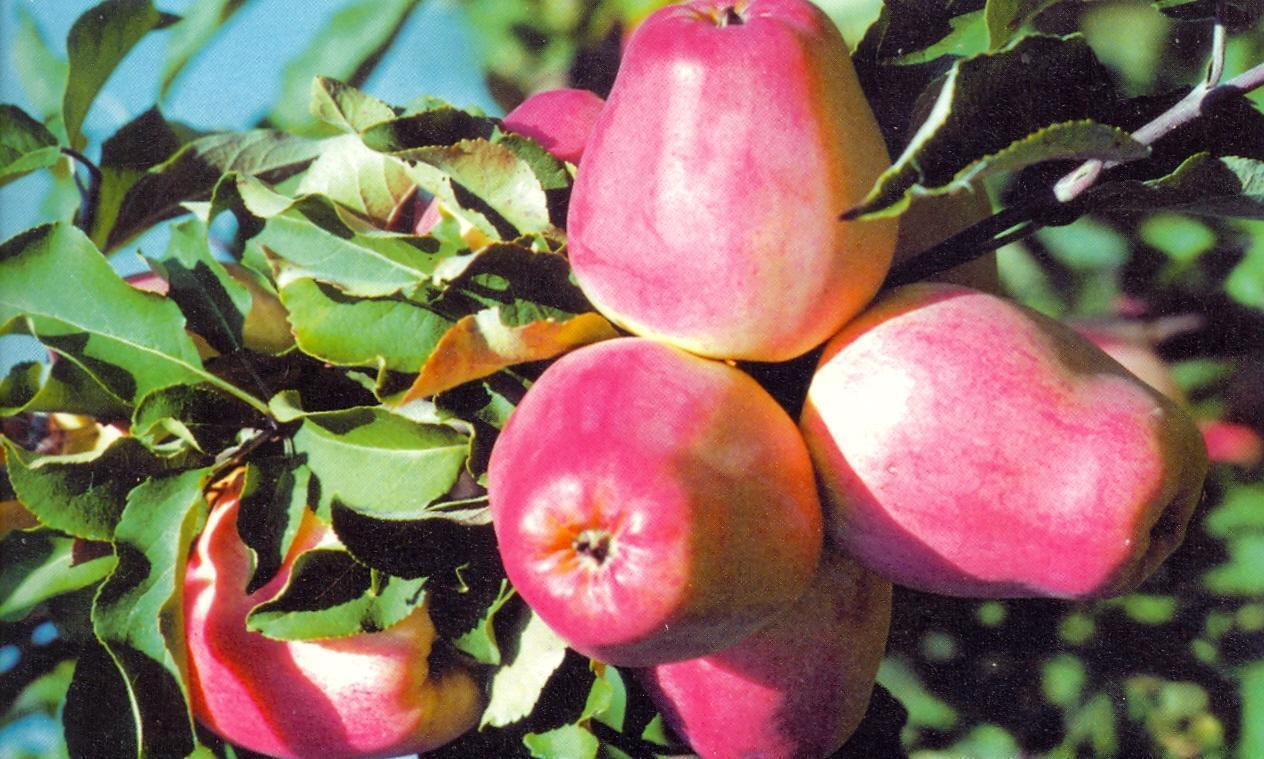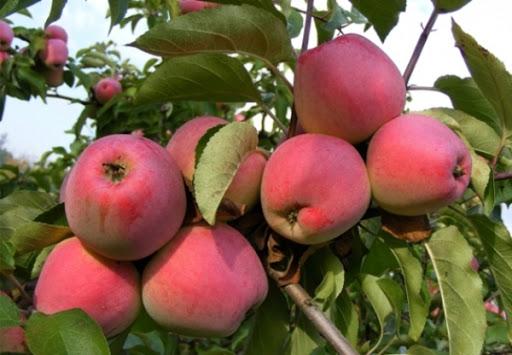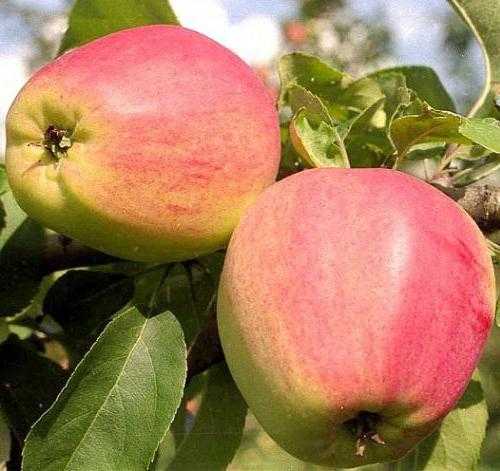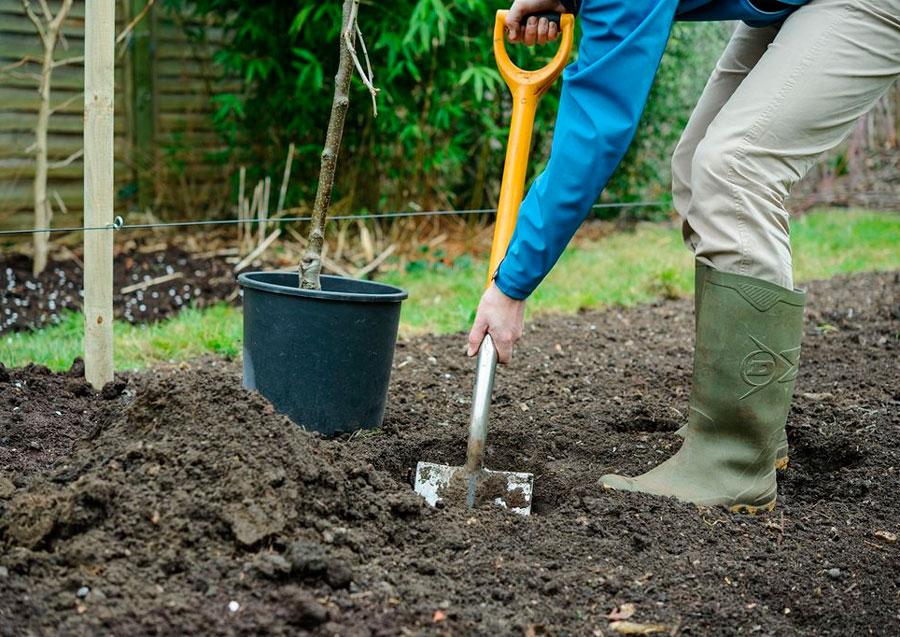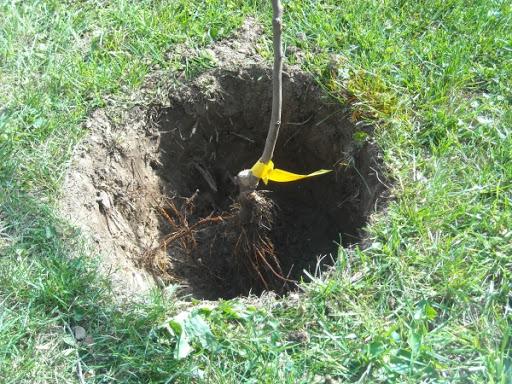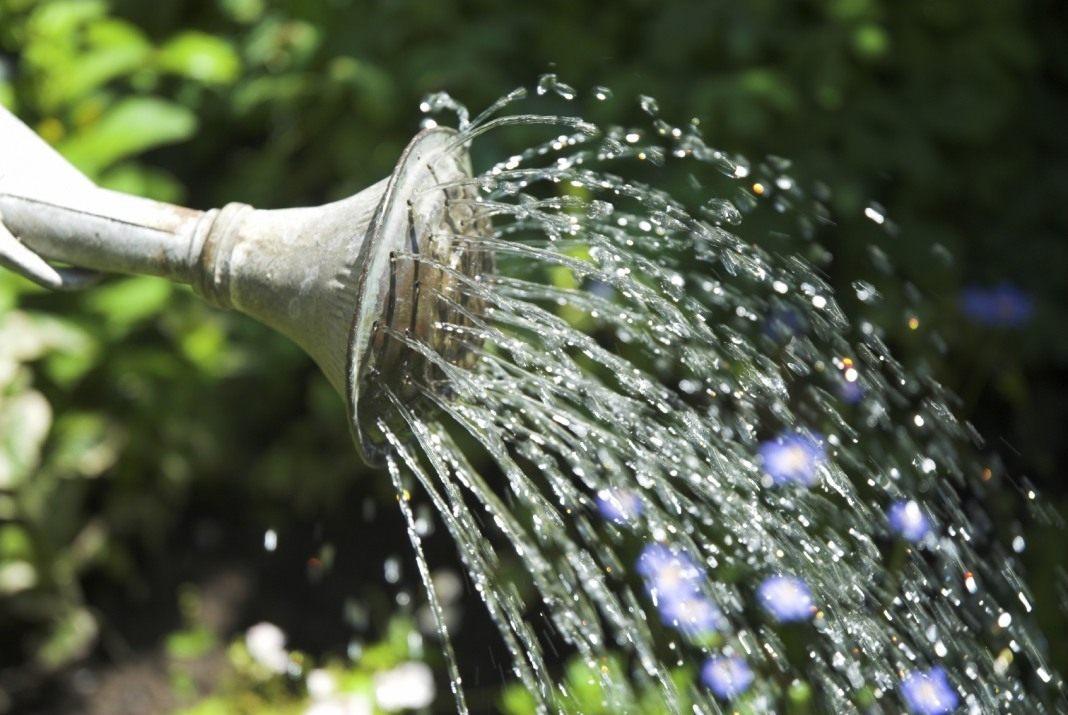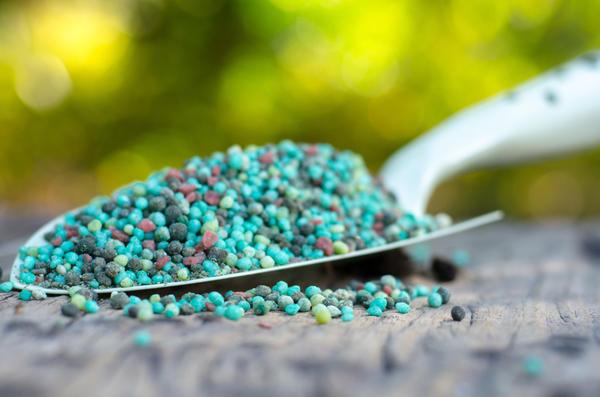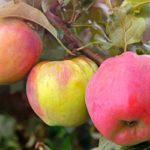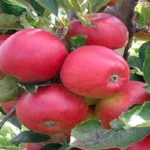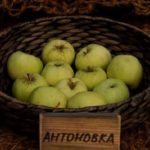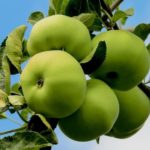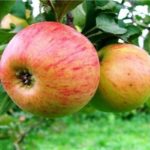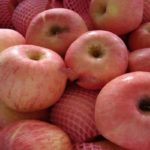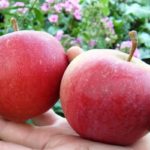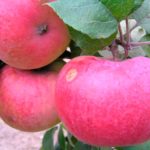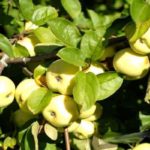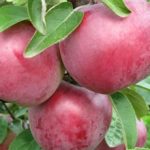The Kandil Orlovsky apple tree appeared on the market at the end of the 20th century. The culture quickly gained popularity. The apple tree is valued for its ease of care, abundant harvest, and delicious juicy fruits. When stored properly, apples do not lose their beneficial properties until the beginning of spring. Further information about the technical characteristics of the variety, planting, care, characteristics of ripening and fruiting.
- History of variety development
- Specifications
- External description
- Tree height
- Crown width
- Annual growth
- Shape of leaves and flowers
- Self-fertility
- Tasting assessment of the fruit
- Frost resistance
- Tree immunity
- Pollinator varieties
- Features of ripening and fruiting
- When to expect the first harvest
- Maturation period
- Apple collection and use
- What to consider when growing a variety
- Landing
- Rules for choosing healthy seedlings
- Soil composition
- Disembarkation dates
- Selecting a location
- Hole layout and dimensions
- How to properly care
- Watering
- Pruning and crown formation
- Mulching
- Fertilizer application
- Prevention from diseases and pests
- Preparing for winter
History of variety development
Kandil Orlovsky was created by Russian specialists in the mid-90s of the 20th century. They were tasked with developing a variety that could grow even in cold regions. Oryol breeders worked for a long time to create an apple tree. The desired variety was created by crossing the Jonathan and Welsey varieties.
Additional Information. It is believed that small apples contain more vitamins and nutrients than large fruits.
Specifications
The variety took the best features from its parents. Gardeners appreciate Kandil Orlovsky for its ease of care, abundant harvest, and tasty fruits.
External description
The trees are medium-sized. They do not require intensive pruning. The crop can be planted in a small garden plot.
Tree height
On a dwarf rootstock, the apple tree grows up to 3 meters. If the rootstock is tall, the tree reaches 5 meters. Twisted branches grow on the trunk. They extend from the central trunk at a right angle.
Crown width
The Kandil Orlovsky apple tree has a rounded crown of medium density. With a bountiful harvest, the branches bend down under the weight of the fruit. To prevent the shoots from breaking, a support is installed under them.
Annual growth
During the season, shoots 10 centimeters long grow on the apple tree. The branches are formed of medium thickness and are colored brown.
Shape of leaves and flowers
The leaves are ovate, dark green.The edge of the leaf blades is slightly curled. White-pink inflorescences consist of 5-6 flowers. They resemble the shape of an umbrella.
Self-fertility
Kandil Orlovsky is partially self-fertile. Productivity will be higher if other varieties of apple trees grow nearby.
Tasting assessment of the fruit
The fruits are cone-shaped and ribbed. Kandil apples have a sweet and sour taste and a delicate aroma. The pulp is light-grained, juicy. Tasters rated the fruits 4.5 points out of 5 possible.
Frost resistance
The variety was bred specifically for growing in cold regions. Trees can withstand frosts down to -35 °C. In harsher winters, apple tree trunks are insulated.
Tree immunity
Kandil Orlovsky has good immunity. Trees are resistant to many fungal diseases. For prevention, experienced gardeners recommend spraying the crop several times a season with fungicides and insecticides.
Pollinator varieties
To ensure that Kandil bears many fruits, several varieties of apple trees are planted nearby. Thanks to this trick, high yields can be achieved. The best pollinating varieties: Antonovka vulgaris, Freshness, Aphrodite, Orlik, Venyaminovka.
Features of ripening and fruiting
With good care, the apple tree bears fruit every year. From the 11th year of life, the yield of trees decreases.
When to expect the first harvest
An apple tree grafted onto a dwarf rootstock begins to bear fruit 2-3 years after planting. Up to 130 kilograms of fruit are collected from the tree. If the rootstock is seed-bearing, fruiting begins in the 4th year.
Maturation period
Apples begin to ripen in early September. Fruits must be removed from the branches carefully. If the fruits are intended for long-term storage, they must be allowed to ripen well and not allowed to fall to the ground.
Apple collection and use
Apples are harvested in dry, warm weather.To keep the fruits as long as possible, you should not shake the tree. Fruits are consumed fresh, dried, or frozen. Juices, jam, jam, and marmalade are also made from apples.
What to consider when growing a variety
In order for the Kandil apple tree to bear fruit abundantly, it is necessary to carry out agrotechnical measures correctly.
Landing
The crop is planted in open ground in spring or autumn. Seedlings are purchased at a plant nursery or garden center from trusted sellers. The optimal age of plants is 1-2 years.
Important! Before planting, the top of the apple tree is cut off by ⅓.
Rules for choosing healthy seedlings
Purchased trees must be free from diseases and pests. The root system of healthy seedlings is well branched, the trunk is smooth, without spots or dents. The height of the trees should not exceed 1.5 meters, otherwise they will take a long time to adapt to the new location.
Soil composition
The substrate is selected to be loose and fertile. It can be made from garden soil, compost, humus, sand. The acidity of the soil should be neutral.
Disembarkation dates
The Kandil Orlovsky apple tree is planted in the spring, after the onset of stable heat. The seedlings will take root well and will be able to safely withstand winter frosts. In warm regions, apple trees can be planted in the fall.
Selecting a location
Trees are planted in areas that are well lit by the sun and not blown by cold winds. Groundwater should not come close to the soil surface.
Hole layout and dimensions
Trees are planted at a distance of 3-5 meters from each other. Apple trees are planted as follows:
- dig a hole 1 meter deep, 80 centimeters wide;
- a drainage layer of small stones or expanded clay is laid on the bottom;
- pour a layer of earth mixed with mineral fertilizers;
- fill the hole with fertile substrate;
- Place the seedling in the middle, straighten the roots;
- covered with substrate so that the root collar is 7 centimeters above the ground level.
The seedlings are watered abundantly and the soil is mulched with sawdust, straw, and peat.
How to properly care
Care consists of timely watering, mulching the soil, and periodic application of fertilizers. To prevent the appearance of diseases and pests, trees are sprayed with special preparations several times a season.
Watering
Water the young apple tree generously when planting. Mature trees do not need frequent watering. Due to excess moisture, fruits may begin to crumble. An adult apple tree requires abundant watering during flowering and fruit set.
Pruning and crown formation
Dry, broken, and diseased branches are removed throughout the season. In spring, old shoots that thicken the crown are cut off. To prevent apple trees from growing too high, the tree tops are shortened.
Mulching
The tree trunk circle is sprinkled with straw, sawdust, rotted bark, and peat. Mulching material helps retain moisture in the soil and prevents the growth of weeds.
Note! Under a layer of mulch, adventitious roots actively grow, which has a beneficial effect on the development of the apple tree.
Fertilizer application
In the spring, nitrogen substances are added to promote tree growth. During the period of fruit formation, minerals are used. In autumn, potassium is used.
Prevention from diseases and pests
To prevent the appearance of fungal diseases, the Kandil Orlovsky apple tree is treated with fungicides several times a season. Insecticides are used against insects.Plant debris in which pest larvae can overwinter is removed from the tree trunk circle.
Preparing for winter
In mid-autumn, moisture-recharging irrigation is carried out. Before the onset of frost, the root circle is mulched with sawdust or humus with a layer of 15 centimeters. The trunks of young trees are wrapped in agrofibre or burlap.

